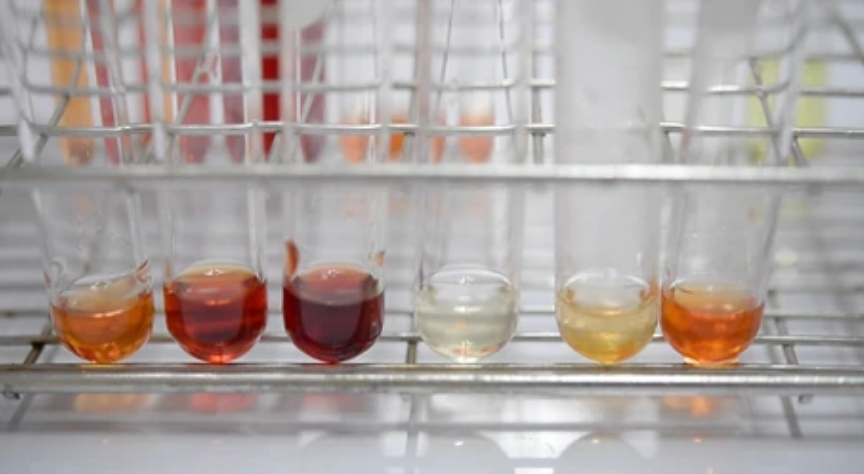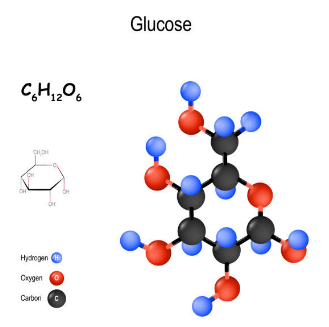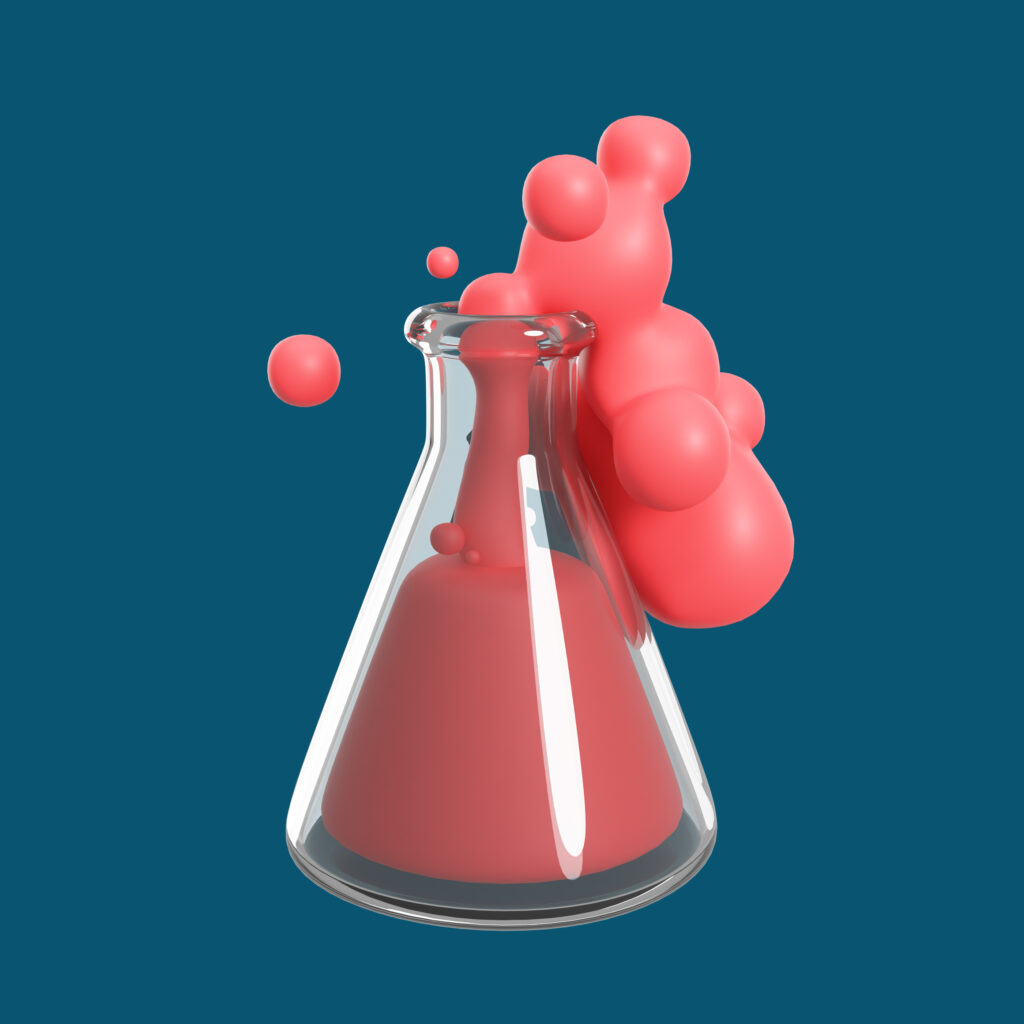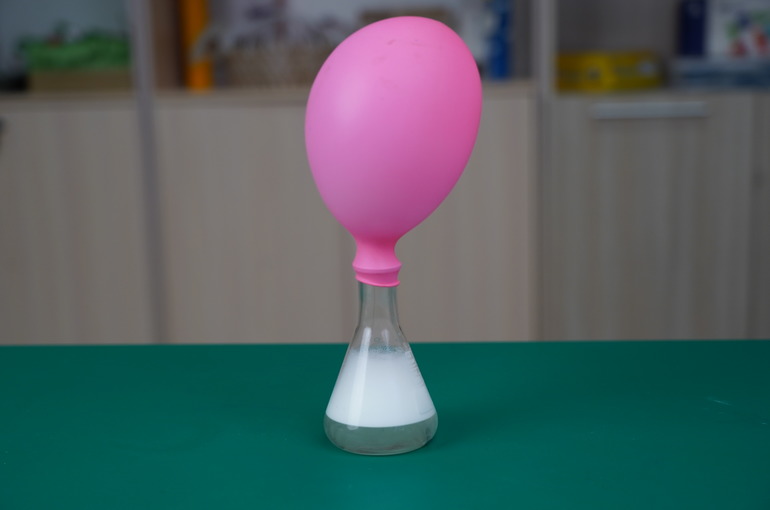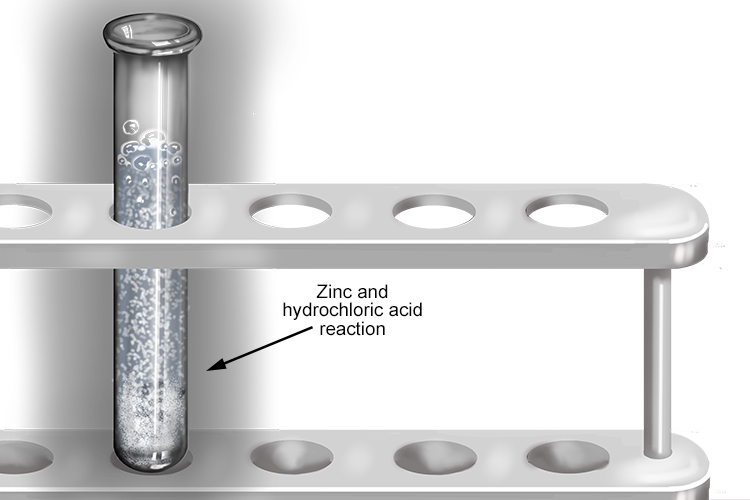Laboratory work #3: «Investigating the Shift of Dynamic Equilibrium under the Influence of Various Factors»
Description: In this lab activity, students observe how the formation and dissolution of iron(III) hydroxide precipitate depends on the acidity (pH) of the medium. By adding baking soda and acetic acid, students model the shift in chemical equilibrium in accordance with Le Chatelier’s principle. Long-term Plan Section Standard Curriculum Subsections Learning Objectives: Chemical equilibrium Influence of various factors on equilibriumLe Chatelier-Braun Principle 10.3.3.1 – Predict the effect of changes in temperature, concentration, and pressure on chemical equilibrium 10.3.3.2 – Experimentally investigate the influence of various factors on equilibrium shifts

